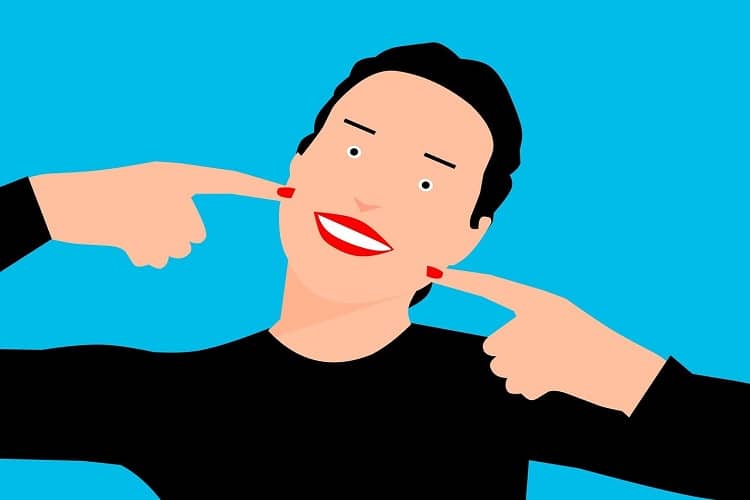
5 Signs You Need To Consider A Scoliosis Brace For Your Child
In this article, you’ll learn and discover 5 signs you need to consider a scoliosis brace for your child.
If you already have a child with scoliosis, you’ll probably already know that the medical term is used to explain an S or C curvature of the spine. This may be caused by a genetic condition, like cerebral palsy or Turner syndrome, but most people suffer from idiopathic scoliosis, where a cause for their condition cannot be found.
Regardless of the cause, most children start experiencing problems during the growth spurt that occurs just before puberty. This is why a lot of children are diagnosed between the ages of 10 and 15, though it is possible to receive diagnosis’ out of this timeframe.
Receiving a diagnosis for your child may leave you feeling alone and confused, but they are in good company, with 2-3% of the global population thought to experience the same condition, with numbers set to rise as awareness increases.
The good news is that a large proportion of those who suffer from scoliosis has never and will never need a scoliosis brace. In fact, the scoliosis foundation estimates that just 30,000 children are told to wear a brace to slow worsening curves in the US.
This means that there’s a high chance that your child won’t need a brace, but if you need reassurance or aren’t sure whether your child might, this list should help. Full of indicators that your child’s condition may require a brace to slow the curvature, here is what you should look out for if you think your child might need a scoliosis brace.
Table of Contents
There Is A Moderate Curve Between 20 and 40 Degrees
If a scoliosis curvature is less than 20 degrees, it is likely that your orthopedic specialist will recommend monitoring the condition through 6-monthly X Rays. Those who receive a diagnosis when their curvature is between 20 and 40 degrees, however, may be recommended a scoliosis brace.
This will help reduce the pace at which the curvature continues to worsen, which may lower the chances of further intervention, like spinal fusion surgery, is required once your child has stopped growing. Research has found that bracing is generally ineffective when the curvature is too big, which is why it generally isn’t recommended for curvatures over 40 degrees.
Your Child’s Symptoms Have Worsened
According to HealthcareWeekly, most children with scoliosis will experience very mild symptoms. In some cases, these symptoms may worsen over time, leading to significant discomfort and pain that stops your child from engaging in the day to day activities.
Even if your child’s curvature hasn’t worsened, these symptoms can occur from children putting more strain on their spine as they experiment with new things, especially during the teenage years. Having a brace that can act as a support to prevent these symptoms, or reduce the severity of them, will increase your child’s quality of life. In the long term, having a supportive scoliosis brace prevents worsening symptoms from becoming chronic pain once the child finishes growing.
Physical Therapy Hasn’t Been As Effective As Had Been Hoped
For some children with milder scoliosis curvatures, physical therapy may be recommended, where the child will do specific exercises with a trained scoliosis specialist. In a lot of cases, physical therapy can be used to reduce pain and discomfort and may build up the strength that prevents the curve from worsening. If this doesn’t work, however, you may want to think about purchasing a scoliosis brace for your child to provide their back with vital support while they are still growing.
Your Child’s X-Ray Shows Severe Curvature Spine Progression
While it’s completely normal for your child’s spine curvature to worsen when they enter puberty, there are times when this can become more of a concern. According to Orthoinfo, a curvature that has increased by more than 5 degrees within a set period of time agreed on by your specialist may benefit from a brace.
This advice is beneficial to follow because curvature progression can lead to extreme symptoms which will threaten the future quality of life of your child. One of the main concerns here is the curvature becoming so advanced that it compresses organs in the chest, leading to difficulties breathing. By having a brace, you may be able to slow said progression, leading to a lowered chance of surgeries and other more invasive solutions in the future.
Your Child Has A Lot Of Growing Left To Do
If your child is diagnosed with scoliosis earlier, there is a higher chance that they will suffer from a more severe curvature than those who go without diagnosis until well into adolescence. In this case, a specialist may recommend the use of a scoliosis brace until your child has stopped growing to reduce the risk of further, the more invasive treatment being required.
Conclusion
We all know that getting your child to wear therapeutic support isn’t the easiest task, but there are many cases where doing so might be the lesser of two evils. With that being said, it’s worth bearing in mind that there are treatments you can try before going straight for the brace option. We mentioned physical therapy above, but it’s worth speaking to your child’s specialist to find out more about what their service can offer.
At the end of the day, your child’s specialist will know more about their condition than anyone else, and talking to them about your concerns can be beneficial. If you go to them with the list we have provided above, they will be able to reassure you either that things are fine or that you are going down the right path by investing in a scoliosis brace for your child. A said specialist will also be able to recommend the right kind of scoliosis brace for your child to suit their lifestyle needs as well as medical needs, which can be helpful with getting your child to cooperate with their treatment plan.
References
This post is contributed by Codrin Arsene from Digital Authority Partners






